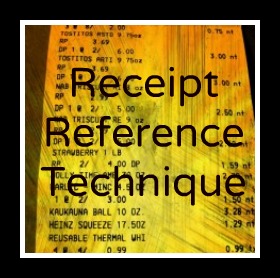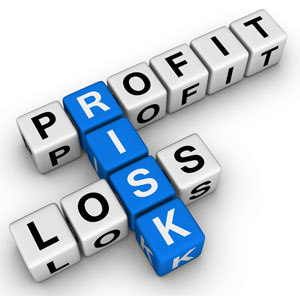The following is a guest post from Pauline Paqu
 I don’t care much about material things. Being safe and healthy is what matters most to me. It is a good
I don’t care much about material things. Being safe and healthy is what matters most to me. It is a good
thing to have, considering all the stuff that I have lost, damaged, or have been stolen over the years.
The piano
My piano was stolen when I was living in Guatemala. I know, it’s not something you can sneak up your
sleeve and leave my house with. I was about to move out of the country after living there for three
years, and selling my stuff on the local ads website. A guy contacted me , saying he would send movers
over, they would hand me a bank certified check and leave with my piano. This is common practice
here, so I accepted. When they arrived bright and early at 7am, I didn’t realize that it was so I couldn’t
call the bank and confirm the check. Until the fake check bounced a few days later.
WHAT I DID: Call the bank who ”issued” the check to warn them. They knew about the scam. In my
defense, how many of you know what a certified check from bank X looks like? Call the police. They knew too, and told me to put other ads under another name with their cellphone number, and they would call when they catch the thieves. They never called.
The first robbery
Guatemala is known mostly for its robberies. During the three years I lived there, I heard all kind of
scary stories happening to my friends. Getting mugged at gunpoint, or kidnapped as a kid, most upper
class families lived in fear, with bodyguards and houses surrounded by barbwire. I thought I was
smarter. I didn’t show off. I cycled around, I had no schedule to track me, and as a foreigner I could be
making minimum wage working for a non profit. Not the best target.
It worked. Until I started thinking I was untouchable. Once, I withdrew about $400 to buy a fridge
(didn’t have a credit card yet), went to the shoe shop next door, left my purse on the floor while I tried
the shoes on, and found the money missing.



